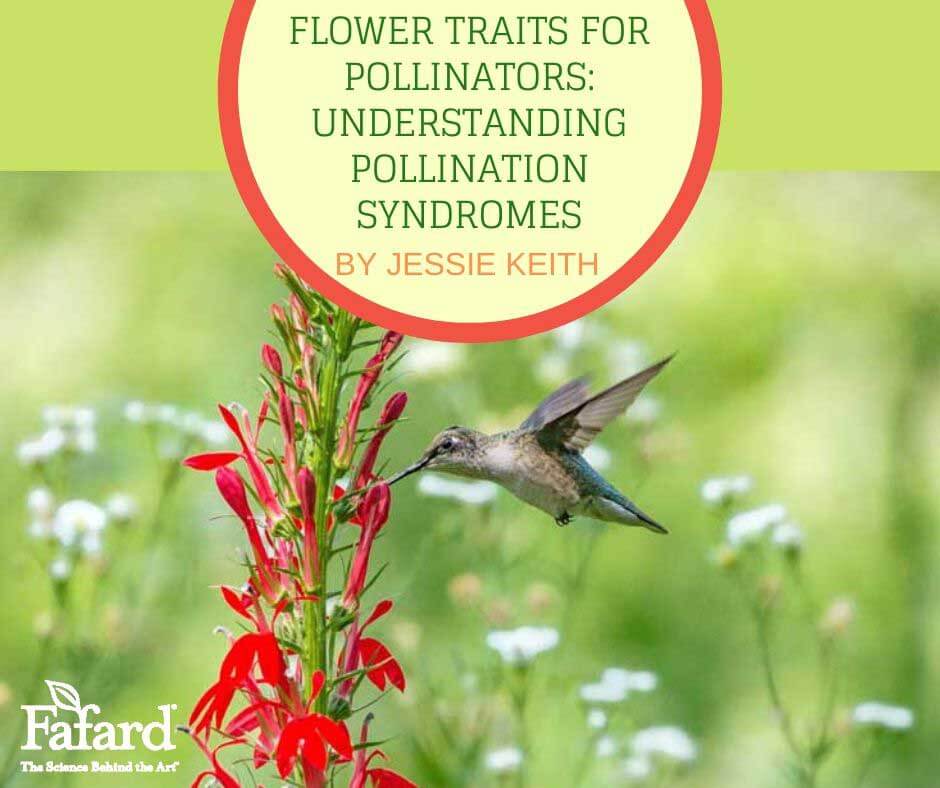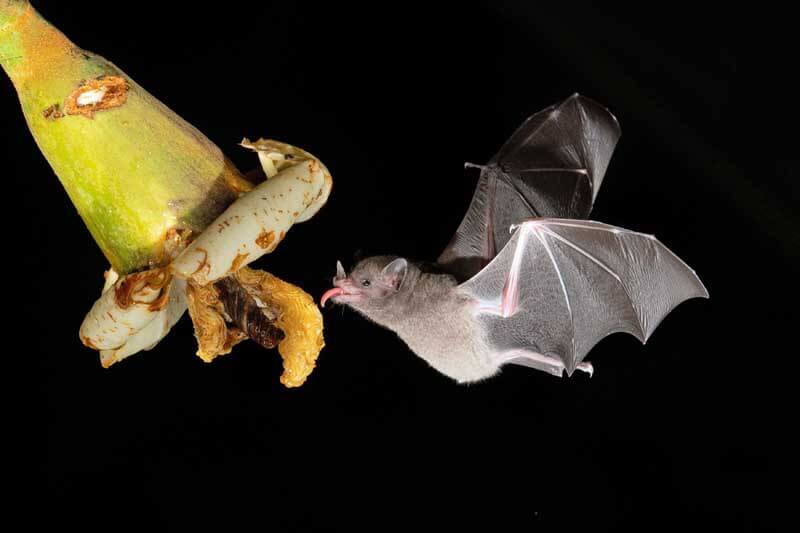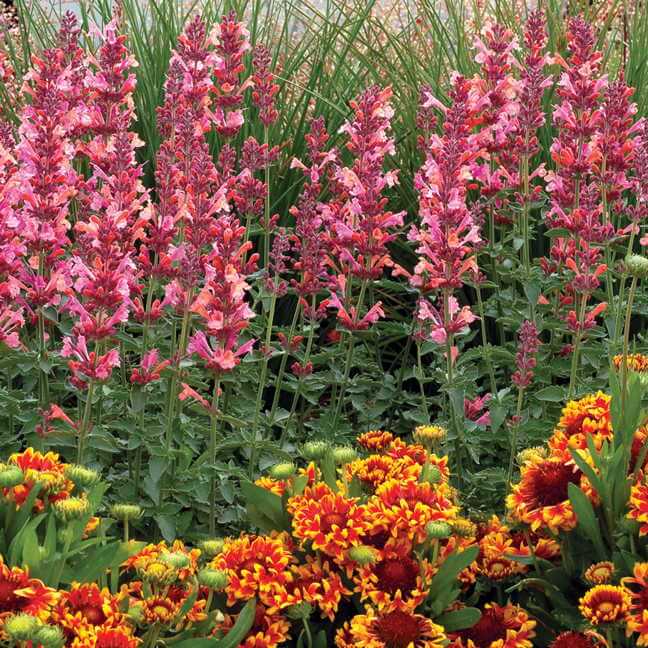
For centuries, traditional cottage gardeners have included an array of summer fruits in their beds and borders. Today’s gardeners—even those with very limited space—can do the same. Fruiting plants are a gardener’s best friends because they do double or even triple duty: beautifying the garden with lovely spring flowers, producing edible fruit and even sometimes brightening the fall landscape with colorful leaves.

The only real requirements for seasonal fruit growing are a desire to produce fresh food, a bit of sunny space and good soil—even if that soil is in a container filled with a quality medium like Fafard Natural & Organic Potting Mix. If poor garden soil is a problem, boost quality with an ample helping of nutrients, like those in Fafard Premium Natural & Organic Compost Blend.
Start your fruit growing adventure with a favorite fruit, or, choose types like raspberries or peaches that are not well suited to being shipped long distances from growers to retailers.
The following summer fruit categories are among the most popular with home gardeners.
Brambles

Raspberries and blackberries are the best-known brambles, but the genus Rubus is also home to popular hybrids including loganberries, boysenberries, marionberries, and tayberries. Summer-bearing (as opposed to fall-bearing) brambles are among the easiest fruits to grow, producing large, sweet berries borne on often-prickly canes. Traditional raspberry and blackberry varieties bear fruit on second-year stems and are often trained on wires for ease of harvesting. Older bramble varieties require substantial growing space, but some newer dwarf types produce equally impressive fruit when grown in large containers. Whether the plants are cultivated in-ground or in containers, the ripening fruit is attractive to birds and small animals and should be protected with netting. Prune fruiting canes to the ground after the harvest.
Strawberries
Whether grown in dedicated beds, large containers or special, multi-pocketed jars, low-growing strawberries (Frageria spp.) are longtime home gardening favorites. Commercially available strawberry varieties are either June-bearing, producing a single large crop in June; or ever-bearing, producing fruit throughout the growing season. For best fruit set, grow two separate ever-bearing or June-bearing varieties in close proximity to each other. In-ground strawberry beds should be mulched with straw to protect the berries from botrytis or gray mold. Strawberry beds should also be rotated every few years to prevent nutrient depletion and disease proliferation. The soil in containers used to grow strawberries should be changed every year or two.
Blueberries

Blueberries are members of the Vaccinium genus, related to heaths and heathers. The shrubs are decorative enough for mixed borders, supplying pink spring flowers, blue summer fruit, and red autumn leaves. All blueberry types need some amount of winter chilling time, with lowbush and northern highbush types requiring the most chilling, while southern highbush and rabbiteye types require the least. Consult local vendors or extension agents to determine which types work best in your area. Blueberries also need acid soil, in the 4 to 5.5 pH range. If soil tests show that your soil is too alkaline, acidify by mixing in amendments such as sulfur or Fafard Premium Natural & Organic Compost.

Stone Fruits
Peaches, nectarines, apricots, plums, and cherries are members of the Prunus genus. Commonly known as “stone fruits,” because of their hard central seeds or pits, the trees feature billowing clusters of five-petaled flowers in shades of white or pink. When selecting a tree for a home garden or orchard, make sure to pick a variety that is reliably hardy in your USDA hardiness zone. If space is limited or the tree will be grown in a large container, choose a dwarf variety, which will reach a mature height of only 8 to 10 feet tall and wide.
Many stone fruit trees are self-fertile, requiring only a single specimen for pollination and fruit set, but others, especially sweet cherries, may require two different varieties. Check with the vendor to be sure. All stone fruits prefer loamy, well-drained soil. Though members of the Prunus tribe have been grown successfully for centuries, they can be problematic because of susceptibility to climate conditions, pests, and diseases. Consult an experienced grower, local extension agent or a reference source for tips on best cultural practices.
Melons
Ripening at summer’s end, melons generally require ample space and a bit of patience, but they are worth the wait. Cantaloupe, watermelons and other favorite melon varieties are members of the Cucurbitaceae or gourd family, most of which grow from large, flattened seeds. Melons need rich soil and a minimum of several months of warm weather to grow fat and sweet. Gardeners without abundant square footage should choose bush varieties, like ‘Bush Sugar Baby’ watermelon, or train melon plants up a sturdy trellis or other support. Heavy ripening fruits will require additional bracing to prevent stems from breaking too soon.


 The best honey bee plants provide a good supply of both sugary nectar and protein-rich pollen sought after by these and other long-tongued bees. Lots of beautiful garden flowers provide both in high quantities. Here are our top 10 favorites organized by bloom time. Choose one for each blooming period and you’ll have great bee blooms throughout the growing season! All are sun-loving and grow best in good soils with regular to good drainage. Amend with F
The best honey bee plants provide a good supply of both sugary nectar and protein-rich pollen sought after by these and other long-tongued bees. Lots of beautiful garden flowers provide both in high quantities. Here are our top 10 favorites organized by bloom time. Choose one for each blooming period and you’ll have great bee blooms throughout the growing season! All are sun-loving and grow best in good soils with regular to good drainage. Amend with F





























